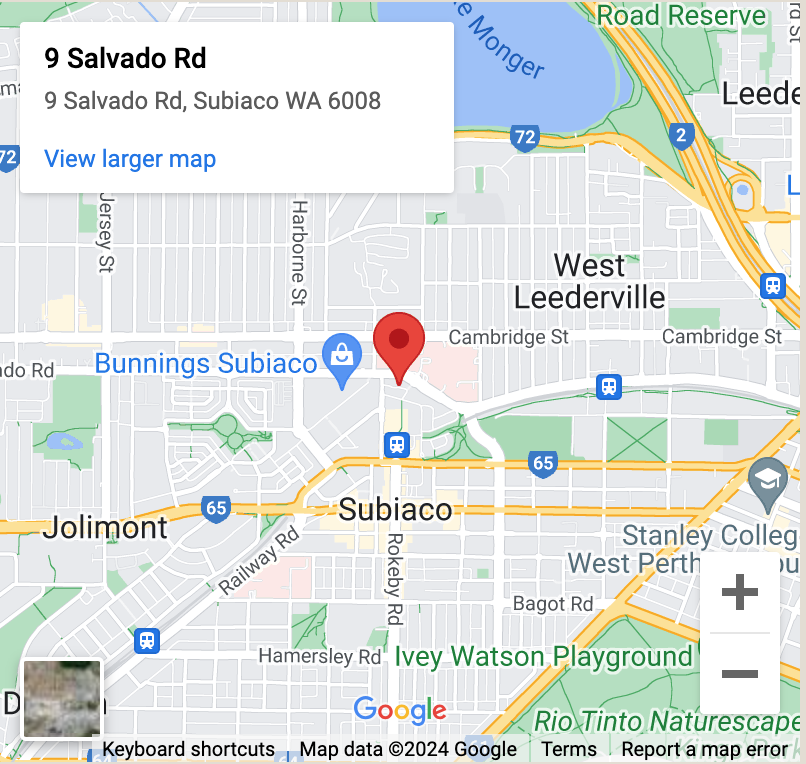Epiretinal Membrane
Epiretinal Membrane
An epiretinal membrane, also called a macular pucker, premacular fibrosis, surface wrinkling retinopathy or cellophane maculopathy, is a thin film of fibrous tissue that forms over the macula (central part of the retina, the light receptive tissue at the back of the eye). The macula is responsible for sharp central vision required for reading, driving etc. An epiretinal membrane causes blurred and distorted central vision
As we grow older, the thick vitreous (a clear gel like substance located between the crystalline lens and the retina) inside the eye begins to shrink and pull away from the retina. As the vitreous pulls away, small pieces of tissue or cells from the retina and other tissues in the eye are released into the vitreous gel that eventually settle on the macula. These cells start proliferating and form a thin sheet over the macula.
In most cases, an epiretinal membrane occurs in an eye with no history of eye problems. Occasionally however, an epiretinal membrane can develop as a consequence of previous eye disorders such as detachment of retina from its underlying layers of tissue, eye trauma, inflammatory disease, blood vessel abnormality or other conditions.
An epiretinal membrane is usually a mild eye condition with little or no effect on vision. However, sometimes, the epiretinal membrane grows slowly over time and cause wrinkles in the macula that leads to blurring or distortion (straight lines may appear wavy) in the central vision that may worsen. An epiretinal membrane does not cause complete blindness as it affects only central vision with peripheral vision remaining unaffected.
To diagnose an epiretinal membrane, the doctor will instil eye drops and dilate your pupils to view the retina. The degree of vision affected by an epiretinal membrane is assessed with an Amsler Grid (a grid of horizontal and vertical lines). A test called optical coherence tomography (OCT) is performed that uses a laser camera to capture pictures of the retina to record its anatomy, thickness, and wrinkles caused by the epiretinal membrane. Another test called fluorescent angiography may be considered occasionally.
Treatment is not required for a mild epiretinal membrane that has very little or no effect on vision. However, when vision declines, surgery is the only treatment option available. ‘Vitrectomy’ is the surgical procedure performed to remove the epiretinal membrane.
What is diabetic retinopathy?
Diabetic retinopathy is a medical condition in which high levels of blood sugar cause damage to blood vessels within the retina. This can lead to vision loss from swelling of the retina (macularoedema) or bleeding and scarring of the retina (proliferative diabetic retinopathy).
It is useful to know how the eye works in order to understand how vision is lost in diabetic retinopathy.
Anatomy of the normal eye
The cornea forms the clear window into the eye. The iris, which is the coloured part of the eye with the black pupil in the middle, is behind the cornea. The lens lies behind the pupil.
The retina is the light-sensitive nerve tissue that lines the inner wall of the eye. Rays of light enter the eye, passing through the cornea, pupil and lens before focusing on to the retina. The retina contains photoreceptors which convert light into electrical impulses. In the healthy eye these impulses are sent via the optic nerve to the brain, where sight is interpreted as clear, bright, colourful images. The retina can be likened to the photographic film in a camera.
The retina lies on a layer of supporting tissue known as the retinal pigment epithelium or RPE. The RPE is important as it nourishes the photoreceptors and removes their waste products.
The macula is a small area at the centre of the retina. It is very important as it is responsible for our central vision. It allows us to see fine detail for activities such as reading, recognising faces, watching television and driving. It also enables us to see colour.
The choroid is the underlying vascular (blood vessel) layer of the eye from which the retina receives oxygen and nutrients.


